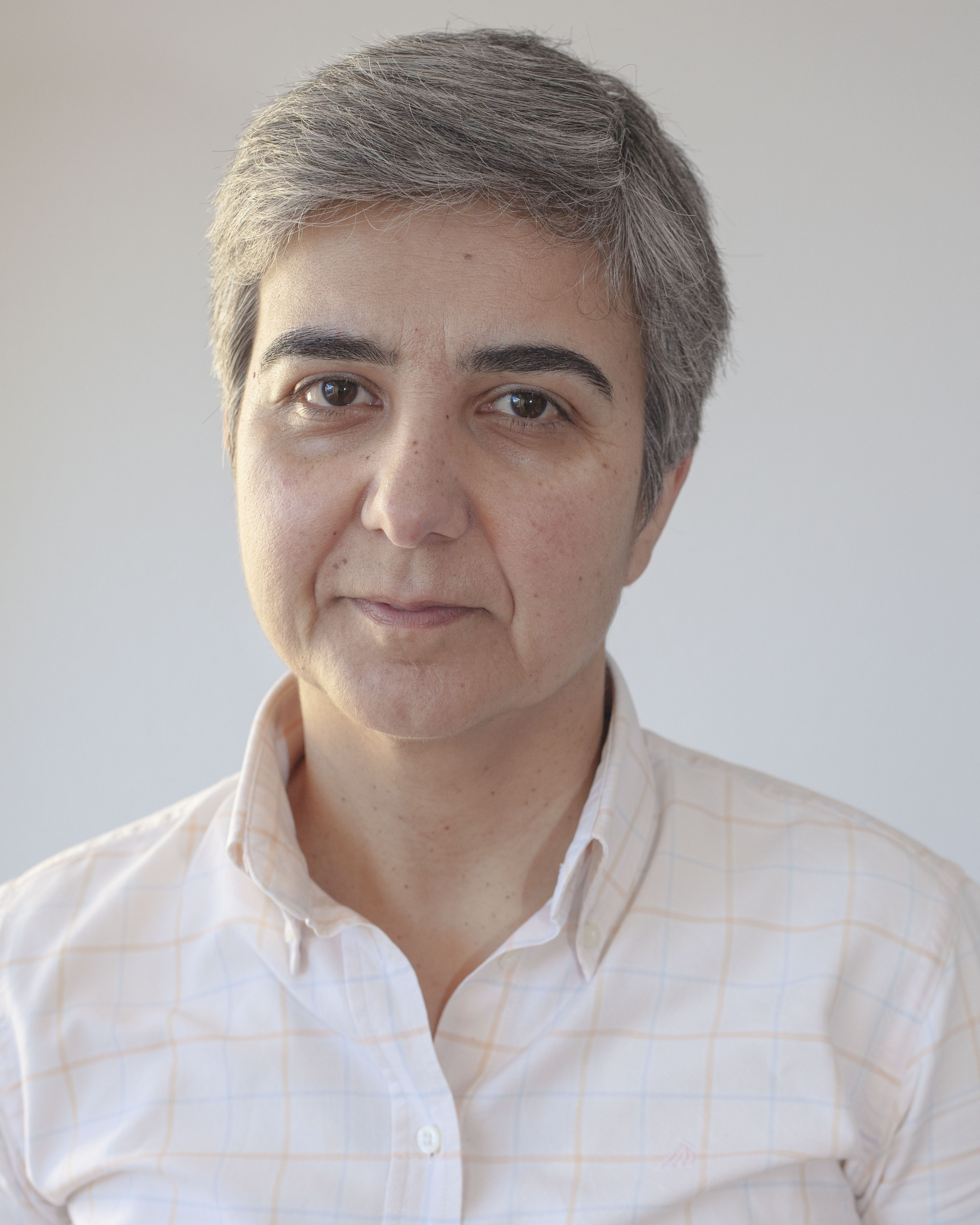Tetrapyrrolic Macrocycles: Synthesis, Functionalization and Applications
A special issue of Molecules (ISSN 1420-3049). This special issue belongs to the section "Organic Chemistry".
Deadline for manuscript submissions: closed (15 January 2016) | Viewed by 94541
Special Issue Editors
Interests: organic synthesis; tetrapyrrolic macrocycles; photodynamic therapy; sensing; G-quadruplex ligands
Special Issues, Collections and Topics in MDPI journals
Interests: porphyrin derivatives and analogues; cyclo-addition reactions; photodynamic applications; DSSC cells; antimicrobials; antitumoral
Special Issues, Collections and Topics in MDPI journals
Special Issue Information
Dear Colleagues,
Tetrapyrrolic macrocycles, like porphyrins and analogs, participate in very important biological processes, such as respiration, electron-transfer, and photosynthesis. Additionally, their physicochemical features strongly encourage the application of these molecules in a wide range of fields. These macrocycles are being used as catalysts, advanced biomimetic models for photosynthesis, new electronic materials, sensors, and drugs. For instance, in the biomedical field, porphyrins and related species are being successfully used for the treatment of oncological and non-oncological diseases via photodynamic therapy (PDT). This Special Issue aims to provide a forum for the dissemination of the latest information on the synthesis and functionalization of tetrapyrrolic macrocycles and their potential applications.
Dr. M. Graça P. M. S. Neves
Dr. M. Amparo F. Faustino
Guest Editors


Manuscript Submission Information
Manuscripts should be submitted online at www.mdpi.com by registering and logging in to this website. Once you are registered, click here to go to the submission form. Manuscripts can be submitted until the deadline. All submissions that pass pre-check are peer-reviewed. Accepted papers will be published continuously in the journal (as soon as accepted) and will be listed together on the special issue website. Research articles, review articles as well as short communications are invited. For planned papers, a title and short abstract (about 100 words) can be sent to the Editorial Office for announcement on this website.
Submitted manuscripts should not have been published previously, nor be under consideration for publication elsewhere (except conference proceedings papers). All manuscripts are thoroughly refereed through a single-blind peer-review process. A guide for authors and other relevant information for submission of manuscripts is available on the Instructions for Authors page. Molecules is an international peer-reviewed open access semimonthly journal published by MDPI.
Please visit the Instructions for Authors page before submitting a manuscript. The Article Processing Charge (APC) for publication in this open access journal is 2700 CHF (Swiss Francs). Submitted papers should be well formatted and use good English. Authors may use MDPI's English editing service prior to publication or during author revisions.
Keywords
- tetrapyrrolic macrocycles;
- porphyrins
- synthesis
- functionalization
- application







